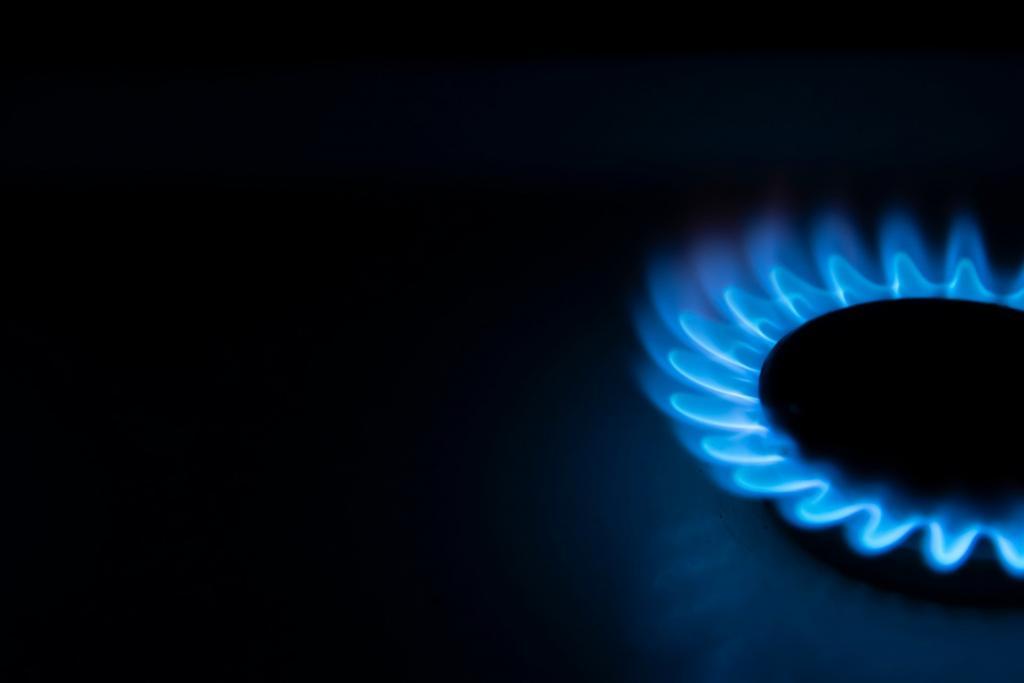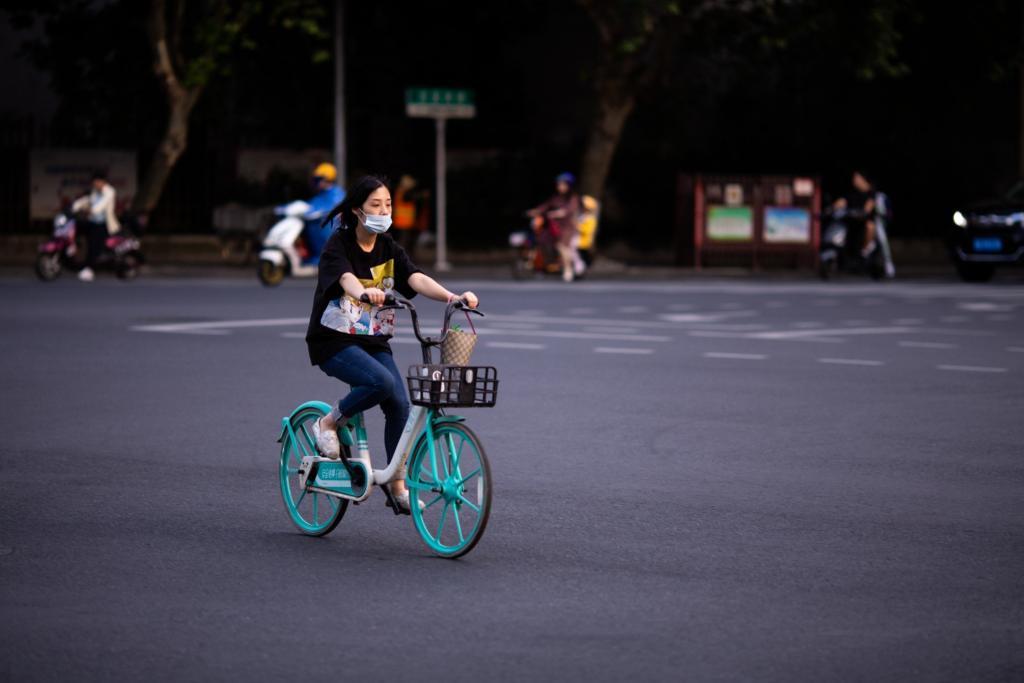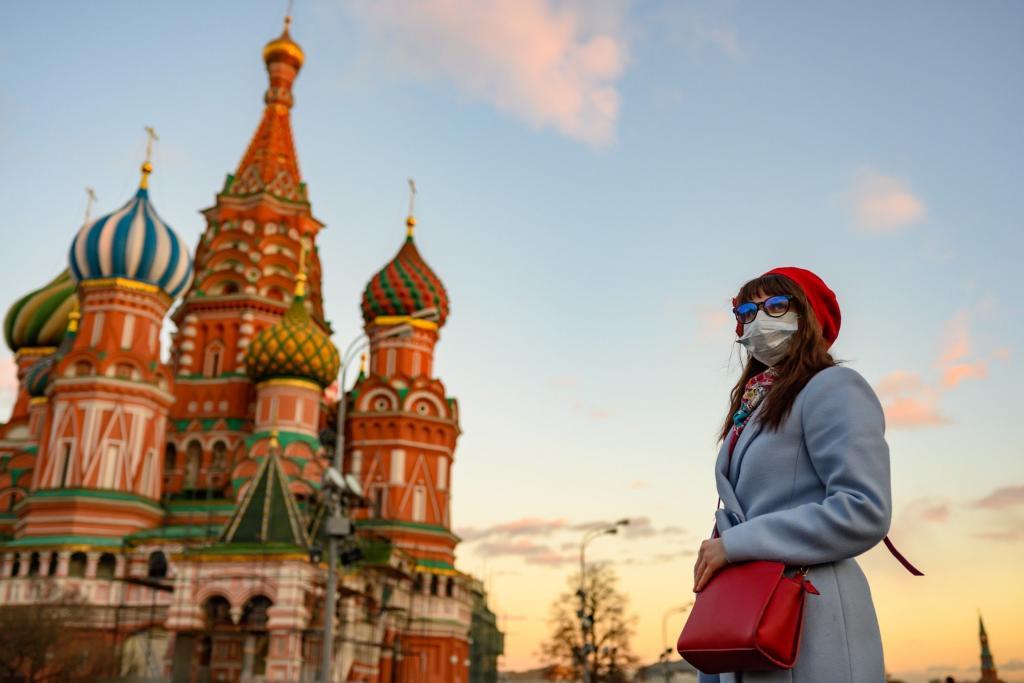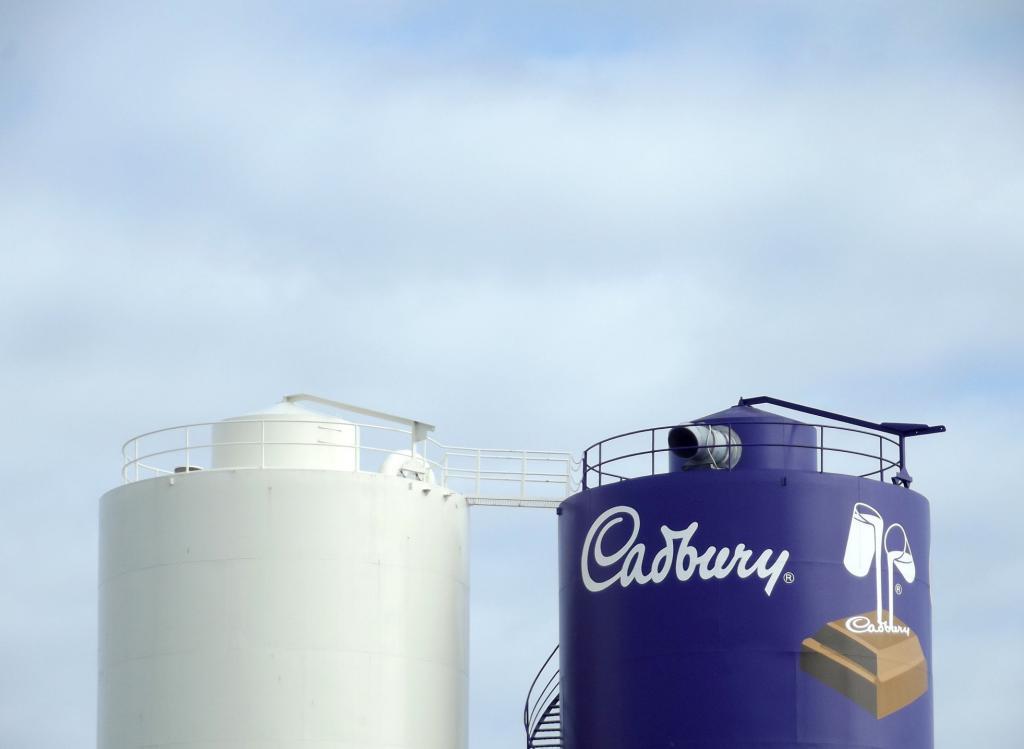This month’s market commentary was written on Friday April 1st, with the section on Ukraine written in the afternoon. Nevertheless, events may have overtaken our comments by the time you read this.
March was dominated by news of the fighting and its inevitable consequences: the rising cost of energy and the inevitable shortages that we’re likely to face. As we will see below, the EU concluded a deal with the US to reduce its dependence on Russian gas, but the month ended with Vladimir Putin demanding that companies and countries wanting Russia’s gas open an account with a Russian bank and pay in roubles. As we comment below, China significantly increased its purchases of liquid natural gas from Russia during the month: whatever happens in Europe, Putin will find a market somewhere…
In the UK, Chancellor Rishi Sunak presented his Spring Statement as the rising cost of living threatened to overwhelm him and – never one to be left out of the news – North Korean leader Kim Jong-un launched his ninth ballistic missile of the year.
Perhaps surprisingly, many of the markets we cover in the market commentary had a reasonably good month – or at least managed not to lose ground. The one big faller was China’s Shanghai Composite index, as the month ended with the city in lockdown due to Covid.
As always, let us look at world events in more detail, beginning in Ukraine.
Ukraine
As noted above, this section of the market commentary was written at 3pm on Friday afternoon.
Russia began its invasion of Ukraine on February 24th. Most observers – including Vladimir Putin – expected the fighting to be over quickly. Here we are on Day 37 and the heroism of the Ukrainian people – and their determination to defend their country – has confounded the experts and astonished the watching world. At the time of writing, Sky News is reporting that Russia has lost 17,700 troops and no longer ‘has sufficient forces to attack Kyiv’.
We have all seen, though, the dreadful damage inflicted by its artillery, especially on cities like Mariupol. For the first time, Ukraine has struck back at a target inside Russia, with its helicopters reportedly striking an oil storage depot in Belgorod.
Quite where this leaves the supposed ‘peace talks’ is anyone’s guess – although more sceptical clients may never have placed much faith in either the peace talks or the often-promised humanitarian corridors.
The war is reportedly costing Russia $1bn a day – more than the $800m a day it receives for oil and gas. Sanctions are clearly having an impact, but so far they have done little to stem the fighting.
When it is eventually over, there will be a huge bill to pay for rebuilding Ukraine and you suspect that much of that bill will be paid by the West. That discussion, though, is for another day. All we can hope for in the short term is that the peace talks do prove successful and that the fighting ends quickly. Nothing would give us more pleasure than to send you a market commentary without a special ‘Ukraine section’.
UK

Rishi Sunak became Chancellor of the Exchequer in February 2020. As Harold Macmillan famously said when asked what caused him most problems, “Events, dear boy, events”. Sunak has had more than his fair share of ‘events’ in his time in 11 Downing Street: first Covid, now the war in Ukraine.
He duly presented his Spring Statement on March 23rd and – as always – was in a bullish mood, announcing a cut in income tax, but stating that the planned rises in National Insurance would remain in place.
Twenty-four hours later, barely anyone had a good word to say about his speech. Sunak conceded that inflation would average 7.4% this year, with many pundits expecting it to exceed 10% at some point. The cost of living crisis is really worrying people, with the Office for Budget Responsibility saying that it expects real household incomes to fall by 2.2% this year – the biggest fall since comparable records began in the 1950s.
Let us cast around for some good news. The UK economy grew by 0.8% in January as the Omicron variant eased, and the Office for National Statistics stated that it had grown by 1.3% in the final three months of 2021 – ahead of the 1% it had previously estimated. The number of UK workers on payrolls rose by 275,000 between January and February to a record 29.7m.
But it is almost impossible to get away from the theme of rising prices. As we report in the ‘And finally…’ section, even the nation’s fish and chips are being affected by the war in Ukraine and rising energy prices. Shop price inflation reached its highest rate since September 2011, with shoppers reportedly rushing to discounters like Aldi and Lidl to beat rising prices. As Amazon announced its decision to close book stores to concentrate on groceries in the UK, you suspect the boardrooms of Tesco and Sainsbury’s were not happy places.
The Bank of England duly increased base rates to 0.75% in a bid to keep inflation under control: ‘more rate rises later in the year’ can be added to ‘death and taxes’ on the list of certainties.
The month ended with more rising prices – house prices this time, as Nationwide announced that prices were rising at their fastest rate for 17 years, with the average house in the UK now costing £265,312 – up £33,000 in the past year.
The FTSE-100 index of leading shares coped reasonably well with all the bad news. It rose 1% in March to close at 7,516. The pound was down 2% against the dollar, ending the month trading at $1.3138.
Europe

Europe in March was, quite simply, the story of the continent’s dependence on Russian gas. In the wake of the Fukushima disaster in Japan, Germany had made the decision to close its nuclear plants by the end of 2022. March opened with the news that the country was having second thoughts, with Reuters reporting that ‘Germany is weighing whether to extend the life of its nuclear reactors … in the face of uncertainty over Russian gas supplies’.
By the end of the month, Germany and Austria were apparently making plans for gas rationing, with Russia demanding that payments be made in roubles, as it looked to shore up its currency.
Russia did appear to soften its stance later the same day, and then Putin signed his ‘no roubles, no gas’ decree. Germany – which gets roughly half its gas and a third of its oil from Russia – immediately urged consumers and companies to reduce demand in anticipation of possible shortages.
We are, of course, now at the end of March: the weather is going to improve and demand for gas and oil – at least domestically – will fall. But no-one knows how long the conflict in Ukraine will last, or what the situation will be next winter – so it was no surprise to see the EU sign a deal with the US for liquified natural gas (LNG). The move will see the US provide the EU with gas equivalent to 10% of the amount it currently gets from Russia, by the end of this year. The agreement was seen as a start, but clearly more will need to be done if the EU is to significantly reduce its reliance on Russian energy.
In company news, Tesla finally received a conditional permit to begin work on its Gigafactory in Germany, which apparently ran to 536 pages. Staying in Germany, Deutsche Bank CEO Christian Sewing easily won ‘Own Goal of the Month’ as he suggested there should be no further sanctions on Russia. Deutsche Bank, surprise, surprise, is heavily dependent on Russian IT workers.
Renault weren’t far behind in the ‘own goal’ stakes. On Monday 21st (with the support of the French government), the company resumed manufacturing in Moscow. Two days later, production was swiftly suspended, following a public rebuke from President Zelenskyy.
Despite the best efforts of Deutsche Bank and Renault, Europe’s two major stock markets managed to emerge from the month unscathed, with both the German and French stock markets unchanged in percentage terms at 14,415 and 6,660 respectively.
US

There was good news to start the month in the US, with figures for February showing that US employers had added 678,000 jobs as the Omicron variant continued to ease. This was well ahead of expectations and 200,000 more jobs than January, as unemployment eased to 3.8%.
Other than that, the US largely told the same story as other Western economies – fears about rising interest rates and higher prices.
The Federal Reserve raised interest rates for the first time since 2018, lifting its benchmark rate by 0.25% and – just as importantly – signalling that there would be more rate rises later in the year. The move is, of course, designed to head off inflation, which has now reached a 40-year high of 7.9% as food and fuel costs continue to increase.
As experts warned that rates in the 2.5% to 3% range could ‘crack’ the economy and the housing market, Goldman Sachs cut its growth forecast for this year to 1.75% – and warned that the US economy had a 35% chance of going into a recession.
The Biden Administration continued to roll back tariffs imposed by Donald Trump, with the tariffs on UK steel and aluminium shipments the latest to be eased, following earlier deals with the EU and Japan.
Not that this is likely to do much for the Democrats in the coming mid-term elections, which are widely forecast to be a ‘bloodbath’ for them. A Republican Senate and Congress combined with a Democratic President would almost certainly be a recipe for stalemate.
Fortunately there was no such stalemate on Wall Street, with both the US indices we cover in the market commentary having good months. The Dow Jones index rose 2% to end the month at 34,678 while the more broadly based S&P500 index was up 4% to 4,530.
Far East

As we will see below, March was a tale of two stock markets in the Far East. The indices in China and Hong Kong had poor months – those in Japan and South Korea moved upwards.
The reason for the fall in China was, of course, the outbreak of Covid which forced Shanghai – described as the ‘beating heart’ of the Chinese economy – to go into lockdown. The move was seen as so important that it saw oil prices drop by $4.50 a barrel as demand was expected to reduce.
That, however, wasn’t the only bad news for China in the month. Port congestion – again thanks to Covid – was reported to be at a five-month high and crop conditions were described as “the worst in history”. This has largely been blamed on the unusual floods of last autumn but, as we all know, Ukraine is one of the world’s largest exporters of corn and wheat: if China starts (or has started) to stockpile these products, then prices for the rest of us can only go in one direction.
Despite the impact of the Omicron variant, Beijing has set a target of 5-5.5% growth for the Chinese economy this year. The consensus – at least before Shanghai went into lockdown – was for 5.2%. Interestingly, one of the ways the Chinese leaders hope to achieve this is through tax cuts, with Bloomberg reporting that ‘China is betting on $1.5tn (£1.14tn) of tax cuts to boost growth’.
China has, of course, pursued an official policy of neutrality over the conflict in Ukraine. Interestingly, China bought twice as much LNG from Russia in February as it did in the same month in 2021. The government also seems to be encouraging Chinese companies to ‘fill the gap’ in the Russian market as western companies withdraw.
The month opened and closed with bad news for the Japanese car industry. March started with Toyota having to halt all production in Japan due to a cyberattack at a leading supplier. The month ended with an admission that the country’s car makers were continuing to struggle with ‘skyrocketing’ costs for raw materials, and the ongoing shortage of semiconductor chips.
Seven hundred miles away in Seoul, South Korea had a new leader as the hawkish Yoon Suk Yeol became President-elect. He has promised to take a harder line on North Korea and to rebuild the South’s military alliance with the US.
And so to the region’s stock markets. China’s Shanghai Composite index fell 6% in the month to 3,252 while the Hong Kong market dropped 3% to 22,062. Despite the problems for the car manufacturers, the Japanese index rose 5% to 27,821. The South Korean market ended the month up 2% at 2,758.
Emerging Markets

Unsurprisingly, the news in the Emerging Markets section of the market commentary was once again dominated by Russia. The month started with Canada banning oil imports from the country, and sanctions continued to be imposed on oligarchs and banks – the latter, not surprisingly, reportedly seeing major Russian firms racing to open accounts with Chinese banks.
Although China has maintained a position of supposed neutrality regarding the Ukraine conflict, it was reported that gas flows to China – via the Siberia pipeline – have increased since the conflict started.
As we have commented above, with the rouble under severe pressure, Russia ended the month by demanding that countries pay for oil and gas only with roubles, in a bid to shore up the currency. It had been suggested that Russia would consider accepting cryptocurrencies for its oil and gas, but on March 31st Vladimir Putin signed a decree demanding payment in roubles.
Another pressing question was would the West’s sanctions cause Russia to default on its debt? The oil and gas industry accounts for 15% of the country’s economic output, over a third of the government’s revenue and around 50% of Russia’s exports. In the middle of the month, Russia claimed it had made a key interest payment of $117m (£89m) on two dollar-denominated bonds. The investors took a rather different view, claiming they had not been paid. Russia will be in default if it has not made the payments by April 30th.
The Russian stock market may not have been in default, but it was very definitely closed for much of the month. It had closed on February 28th and there was a partial re-opening on March 24th with just 33 stocks trading – when the market went up roughly 20% due to the surging oil and gas prices. All stocks on the Moscow exchange were finally trading by March 28th, with the market ending the month at 2,704. Technically, that is 9% up on its last trading day in February, but it is perhaps more realistic to look at the Russian market’s year-to-date performance. It has fallen 29% from the 3,787 at which it closed 2021.
The other two major emerging markets we cover in the market commentary both enjoyed good months, with the Indian market up 4% to 58,569 and the Brazilian stock market doing even better, rising 6% to end the month at a frustrating 119,999.
And finally…

Understandably, March was a month when lighter news was in short supply. But it did bring confirmation of something many of us have long suspected. Do you remember the tuck shop at school? Mars Bars? Curly Wurlies? Wagon Wheels so big you needed help carrying them? ‘Chocolate bars are getting smaller,’ you’d say. ‘When I was at school…’
March brought confirmation, as Cadbury announced it would cut the size of its Dairy Milk sharing bars by 10% – but will not reduce the price (which to this simple observer sounds like 10% inflation is already here…)
Inevitably, the conflict in Ukraine is going to push up prices and Friday night’s fish and chips is the latest to feel the chill wind. White fish, potatoes, mushy peas and the energy to cook them have all rocketed in price – and given his recent struggles to pay for a can of Coke and a chocolate bar after he’d filled up someone else’s car, the Chancellor might not know much about his local chippy.
The reaction on social media as he struggled to pay in a petrol station was swift and damning: ‘Don’t want to panic anyone but the man in charge of our economy has never been shopping.’ Let’s see how he copes with April’s ‘events’ – and the complexities of buying a bar of chocolate.

